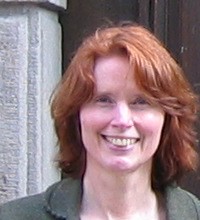Cover letters+ personal statements. During the rest of the class you presented and gave feedback on cover letters and personal statements. I gave lots of comments - take what is useful and disregard what is not. You are the best judge of your audience, and there are lots of successful approaches to creating these documents. At the same time, it is essential to think about who your readers are and how they will receive your documents. In light of this:
- write your cover letter so that it appeals to the interests of your specfic audience
- make sure your personal statement represents who you are AND is a good match for your employer's expectations
For next class:
Come to class prepared to give a presentations on your resumes + the gap paragraph. In your presentation you will cover the following.
1. Describe the career you intend to enter.
2. Present your current resume and state how you would use it (=> give a specific description of its audience + purpose) - and ask the class for feedback on any issues you are struggling with
3. Present the dream resume , state how you expect to use it, and ask for any feedback you think might help strengthen this document
4. Discuss your plan for moving from the current to the dream resumes (gap paragraph).
For the last part of class, will also work on developing a rubric for evaluating the portfolios
